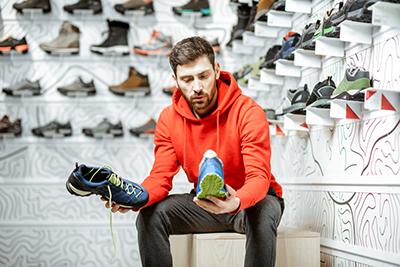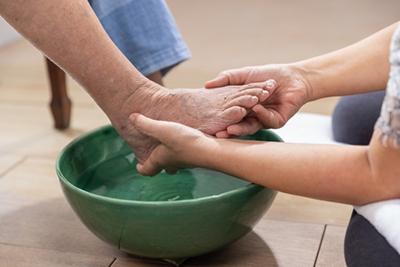
-
The Importance of Diabetic Care
posted: Oct. 01, 2023.

-
Treating Your Bunion Symptoms
posted: Sep. 13, 2023.
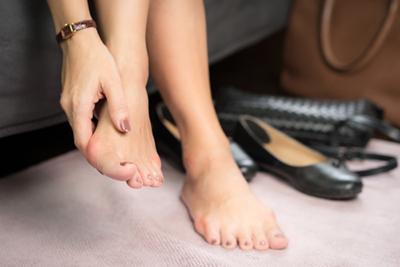
-
Bunion Treatment Options
posted: Sep. 01, 2023.
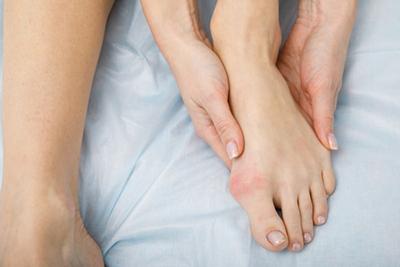
-
When You Should See a Podiatrist for Ankle Pain
posted: Aug. 08, 2023.
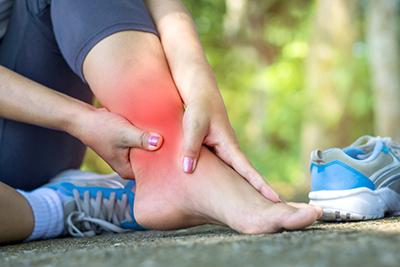
-
Foot Health for Children
posted: Aug. 01, 2023.
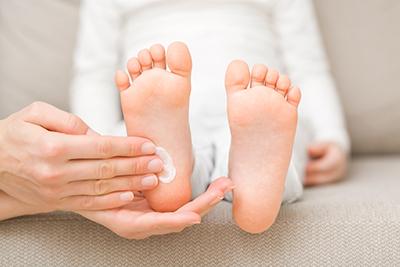
-
Heel Pain: Causes and Treatments
posted: Jul. 14, 2023.
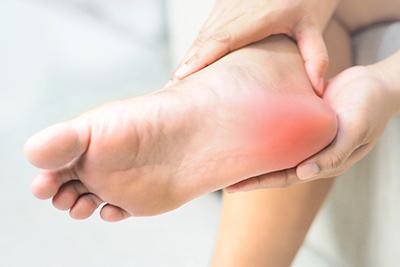
-
Diabetes and Foot Care: Tips for Maintaining Healthy Feet
posted: Jul. 01, 2023.
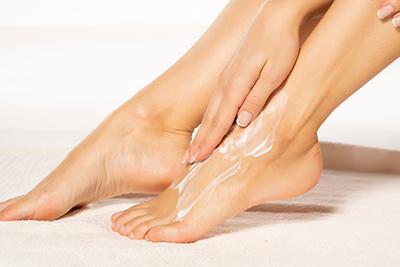
-
Suffering From Ingrown Toenails?
posted: Jun. 07, 2023.
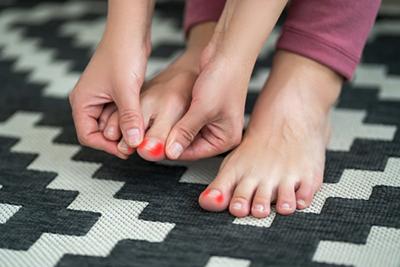
-
What You Need To Know About Taking Care of Your Feet
posted: Jun. 01, 2023.
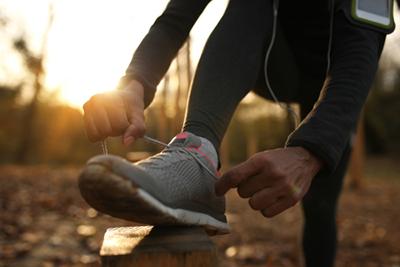
-
Treating Foot and Ankle Injuries
posted: May 11, 2023.
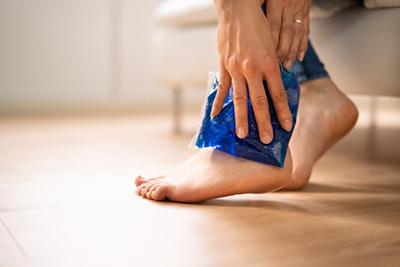
-
How a Podiatrist Can Alleviate Your Sports Injuries
posted: May 08, 2023.
If you’re an athlete and you participate in sports, you know that there is a risk of dealing with a sports injury. It’s important that if you are dealing with Read more -
Foot Conditions That Affect Athletes and How to Prevent Them
posted: May 01, 2023.
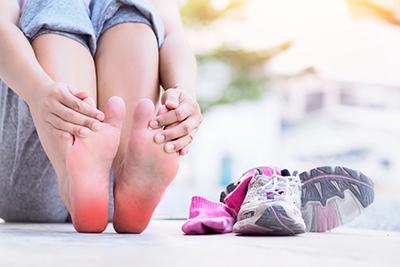
-
The Benefits of Custom Orthotics for Foot Pain
posted: Apr. 11, 2023.
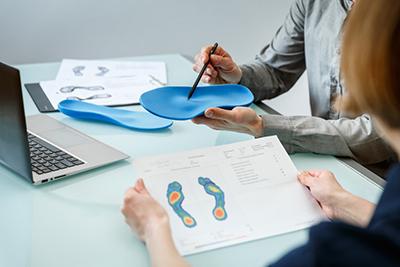
-
Common Causes of Foot Pain
posted: Apr. 01, 2023.
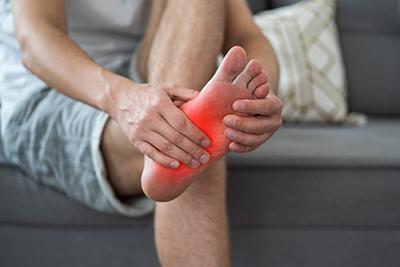
-
Tips for Choosing the Right Shoes for Your Foot Type
posted: Mar. 21, 2023.
